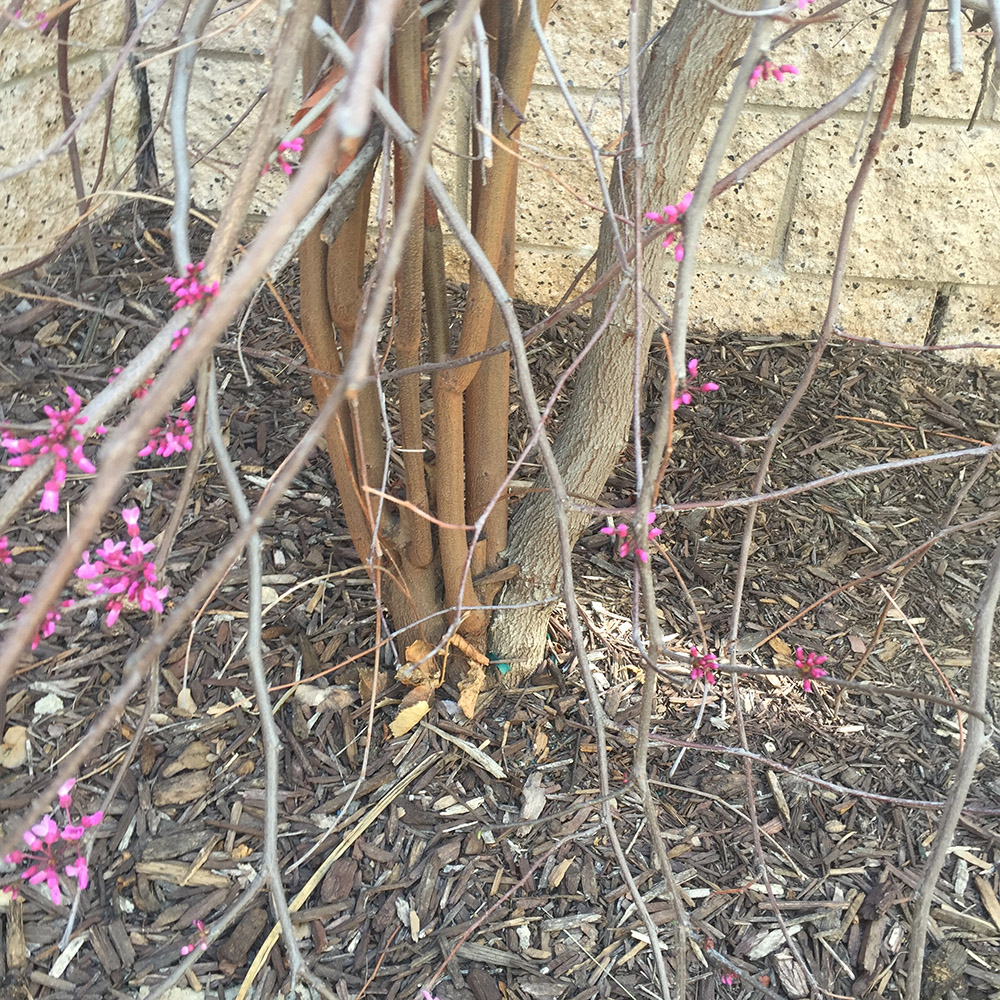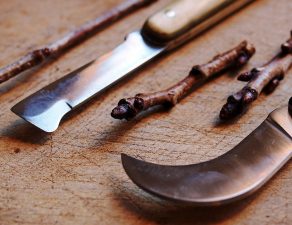
In the world of gardening, you’ll often hear terms such as “grafting” and “root stock.”. They can be a bit confusing but must be handled properly to ensure healthy trees and shrubs. The method has been implemented for hundreds of years, but can still be a little tricky. Here’s a brief overview. Keep in mind that we use a tree as an example in this article, but the same process is used with shrubs.
What is Tree (Shrub) Grafting?
Grafting starts with a health root stock (the part that comes out of the ground). Typically, it involves using a tree or shrub that is a few years old and has a firm, straight trunk. The plan is to graft the root stock to another tree in order to create a new tree. There are a number of reasons for doing this, ranging from disease prevention to improving the flavor of the fruit.
The next step is to find another healthy tree which can bear fruit (this is called a “scion”). A scion is usually a couple years old and has good buds. It must also be closely related to the tree being used for the root stock.
The root and the scion are properly cut, placed together, and bound in place with tape and/or string. Eventually, the two trees unite, grow together, and form a new tree. The goal is to have the grafted scion become the new trunk of the tree.
Sometimes, however, the original root stock has a mind of its own and branches from it try to overtake the graft. This potentially harms the efforts of the graft.
Root Stock Revert: A Bully on the Playground!
This is simplistic example but one that is easy to understand…
Think of that original root stock as a bully on the school yard. Even though we might do our best to keep him from taking over the playground, he can be stubborn! We want the new graft to grow big and healthy and develop into a new tree. But that original root stock may try to “bully” the graft and send out shoots from the ground intended to take over the new graft. If left unchecked, the root stock will squelch the development of the wanted graft.
Step one in the prevention is to first realize that this is happening. To the untrained eye, this problem can easily go undetected until it is too late.
Step two is to remove any new growth that occurs below the graft line. Sometimes this actually occurs below the ground so it requires precise management and care.
Ultimately, we want the new graft to grow strong, become the new tree, and bear the correct fruit. In order for this to happen, the proper procedure must be followed from start to finish and post-graft maintenance cannot be ignored!
We grow and sell hundreds of grafted trees and shrubs every year. If you have questions or concerns about your trees or shrubs, please contact us for a brief consultation.


Write a comment: